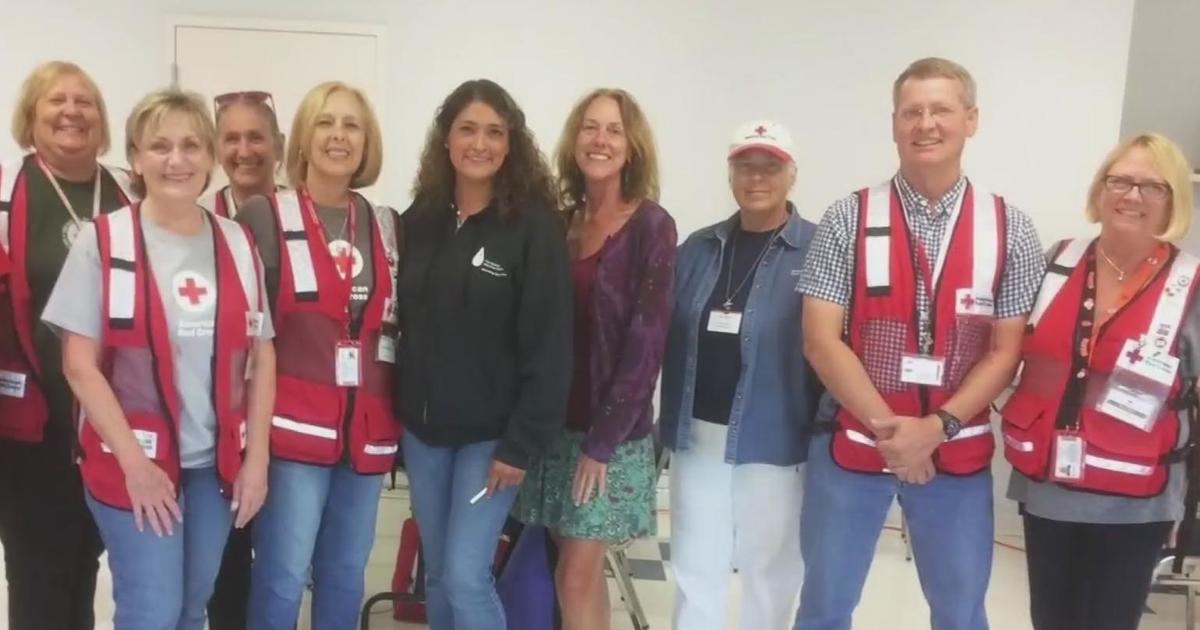West Coast's Atmospheric Rivers Given Category Designation Like Hurricanes
SAN FRANCISCO (CBS SF) -- Nothing is more frightening than the term 'atmospheric river' being used on an evening newscast to forewarn of an approaching winter storm.
The torrential rains, roaring winds and blinding snowstorms that accompany storms hurled into Northern California from the Pacific Ocean by atmospheric rivers have caused death and destruction over the years.
So scientists have finally decided it was time to create a rating system much like those used to warn of hurricanes to help prepare residents for the intensity of the oncoming storms.
"If there's an atmospheric river coming, is it going to be a big scary one or a helpful one?" Marty Ralph, director of UC Diego's the Center for Western Weather and Water Extremes told the East Bay Times. "The scale can help answer that question."
Ralph, Jon Rutz of the National Weather Service and a group of researchers published their scale in the Bulletin of the American Meteorological Society.
"The AR scale is a significant step forward, providing forecasters with a tool to distinguish between primarily beneficial and primarily hazardous storms," Rutz said. "I anticipate that this scale will be adopted and highly used."
In a typical winter season, the researchers said, storms powered by an atmospheric river will slam into the West Coast between 10-15 times. They can carry water volume that is 25 times the Mississippi as it runs into the Gulf of Mexico.
The new scale ranks atmospheric rivers from 1 to 5 and creates the categories "weak," "moderate," "strong," "extreme," and "exceptional." It uses amounts of water vapor within an atmospheric river as its basis and a period of 24 to 48 hours as its standard measurement of duration.
According to a UC San Diego news release the scale is:
- Cat 1 (Weak): Primarily beneficial. For example, a Feb. 23, 2017 atmospheric river hit California, lasted 24 hours at the coast, and produced modest rainfall.
- Cat 2 (Moderate): Mostly beneficial, but also somewhat hazardous. An atmospheric river on Nov. 19-20, 2016 hit Northern California, lasted 42 hours at the coast, and produced several inches of rain that helped replenish low reservoirs after a drought.
- Cat 3 (Strong): Balance of beneficial and hazardous. An atmospheric river on Oct. 14-15, 2016 lasted 36 hours at the coast, produced 5-10 inches of rain that helped refill reservoirs after a drought, but also caused some rivers to rise to just below flood stage.
- Cat 4 (Extreme): Mostly hazardous, but also beneficial. For example, an atmospheric river on Jan. 8-9, 2017 that persisted for 36 hours produced up to 14 inches of rain in the Sierra Nevada and caused at least a dozen rivers to reach flood stage.
- Cat 5 (Exceptional): Primarily hazardous. For example, a Dec. 29 1996 to Jan. 2, 1997 atmospheric river lasted over 100 hours at the Central California coast. The associated heavy precipitation and runoff caused more than $1 billion in damages.



